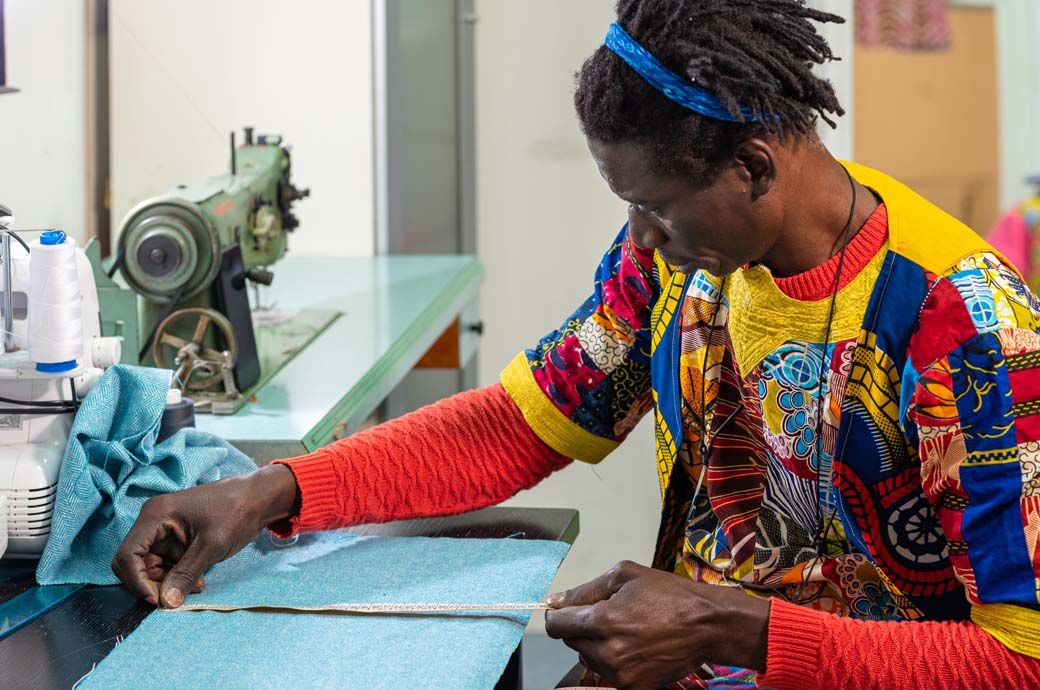

High cost of textile production, high intra-continent transportation costs and high import of second-hand clothing are the key barriers to overcome this trend, expert said at the forum organised by the African Union, the East African Community (EAC) and the private sector.
Cotton farmers in the continent face constraints like decline in seed cotton production, low quality of seeds and relatively high production cost, and therefore, cotton shortage continues.
Even East Africa, which has enough capacity to produce cotton textiles and apparel due to availability of adequate raw materials and human resources, scores relatively low in consumption of local textile products.
Over 70 per cent of apparel sold in East Africa is imported second-hand clothes, while apparel companies based in Kenya export a majority of their products, particularly to the United States, according to a report in a Kenyan newspaper.
Seventy per cent of Kenyan apparel firms sell about four-fifths of their products to US markets, according to the Kenya Institute for Public Policy Research and Analysis (KIPPRA), which noted that Kenya has become dependent on import of second-hand clothes.
Between 2017 and 2021, second-hand clothing imports averaged 160,638 tonnes per year in Kenya with 183,830 tonnes shipped in 2021.
Kenyan textile mills annually consume an estimated 8,000 metric tonnes (41,200 bales) and the ideal demand to meet national requirements is 26,000 metric tonnes (140,000 bales), KIPPRA said. These show that the high potential of the textile industry is curtailed by undersupply of cotton.
Jas Bedi, vice chairperson of the East African Business Council, Kenya chapter, said Africa’s textile industry is highly fragmented and needs better coordination.
EAC partner states have been unable to protect their apparel sector against cheap second-hand imports even after heads of state resolved, in 2016, to phase out the importation of used clothes and encourage local production.
In Tanzania, second-hand clothes have dominated the clothing market after the collapse of local textile manufacturing. The country’s ‘Cotton to Cloth’ programme has also been scrapped.
Fibre2Fashion News Desk (DS)